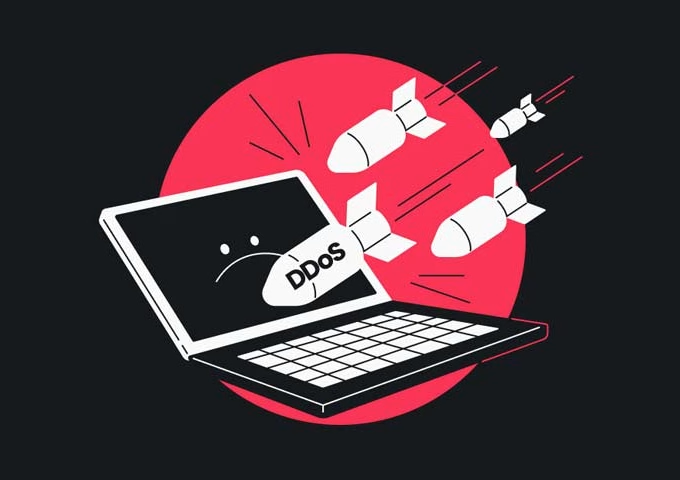Intro:
There’s nothing quite as challenging as keeping a project on track.
Obviously, you can do your best to stay on top of things and to try to keep the team working diligently to turn in those milestones on time.
But alas, all too often, things end up going off the rails.
People fall behind. Projects don’t get turned in on time. Materials get delayed.
Budget constraints pop up.
There’s really no shortage of pitfalls that can plague a project timeline.
The truth of the matter is that project management is an art and a science.
It requires meticulous planning, execution, and monitoring to ensure that projects are delivered on time and within budgetary constraints.
Domestically, keeping timelines on track is a crucial element of the overarching goal of project management.
And not surprisingly, it is also one of the biggest challenges.
So in this blog post, we’re going to dive deep into seven different methods that you can use to start keeping those project timelines on track better.
Surely at least one or two of these options will work for you.
1. Set Realistic Timelines
Unfortunately, setting unrealistic timelines in the beginning of the project only sets you up for failure.
Sure, those timelines might look good on paper, but if they’re not grounded in reality, then you’re already setting yourself up to get behind and off track.
2. Break Projects Down Into Manageable Tasks
A project is really an interconnected conglomeration of tasks that are dependent upon one another for the entire project to be successfully completed.
But often, when you fail to break a project down into a set of individual manageable tasks, what you end up with is an overwhelming, larger-scale project that is difficult to take on in one focused setting.
The skill of being able to look at a project and break it down into common sense, practical tasks and steps is crucial to the completion of a major project and is also vital to keeping projects on timeline.
3. Use Awesome Project Management Tools
Whether you’re using a tool like Asana, creating a successful work plan, or even using tools like GANTT charts—finding the right tools for the job is paramount.
Accelo says it like this:
“Write down a list of every resource you’ll need to achieve your goal and objectives. This includes everything from documents and assets, including internal blogs or guides, to consultants and budgets. Clearly defined accountability ensures that every task gets completed in a timely fashion. During this stage of work planning, you need to assign team members or groups to specific tasks. Make it clear who needs to do what to avoid confusion later on.”
Putting the right resources into the proper hands is all part of the process of succeeding at project implementation.
4. Make Sure To Set Task Priorities
Every project should consist of tasks that have been arranged in hierarchical positions based on their priority within the larger context of the project.
In other words, it’s crucial that you do the most important things first and that you pay attention to project priority as you progress.
This keeps things more efficient and cuts down on waste.
5. Allocate Resources Wisely
Every project is going to face resource management challenges.
There’s no such thing as unlimited funds, unlimited materials, unlimited manpower, or unlimited time.
Thus, allocating resources in a rational and wise manner is crucial to the completion of larger projects, especially if you need to keep them on track as far as the timeline goes.
6. Communicate Effectively
Communication breakdowns can spell disaster for any project.
In fact, establishing clear lines of communication is one of the most important things you can do to keep your project timeline intact.
Who should go to whom, and for what?
This is one of the most crucial questions you can consider and answer for your team.
7. Monitor Progress and Make Adjustments
Obviously, monitoring progress and adjusting as you go will be crucial to success.
Adaptability must be present for any project to be completed successfully.
Conclusion
Hopefully, this post has helped you to understand some of the best ways to keep your project timelines on track and avoid falling behind.
All that’s left now is to get out there and make it happen.











